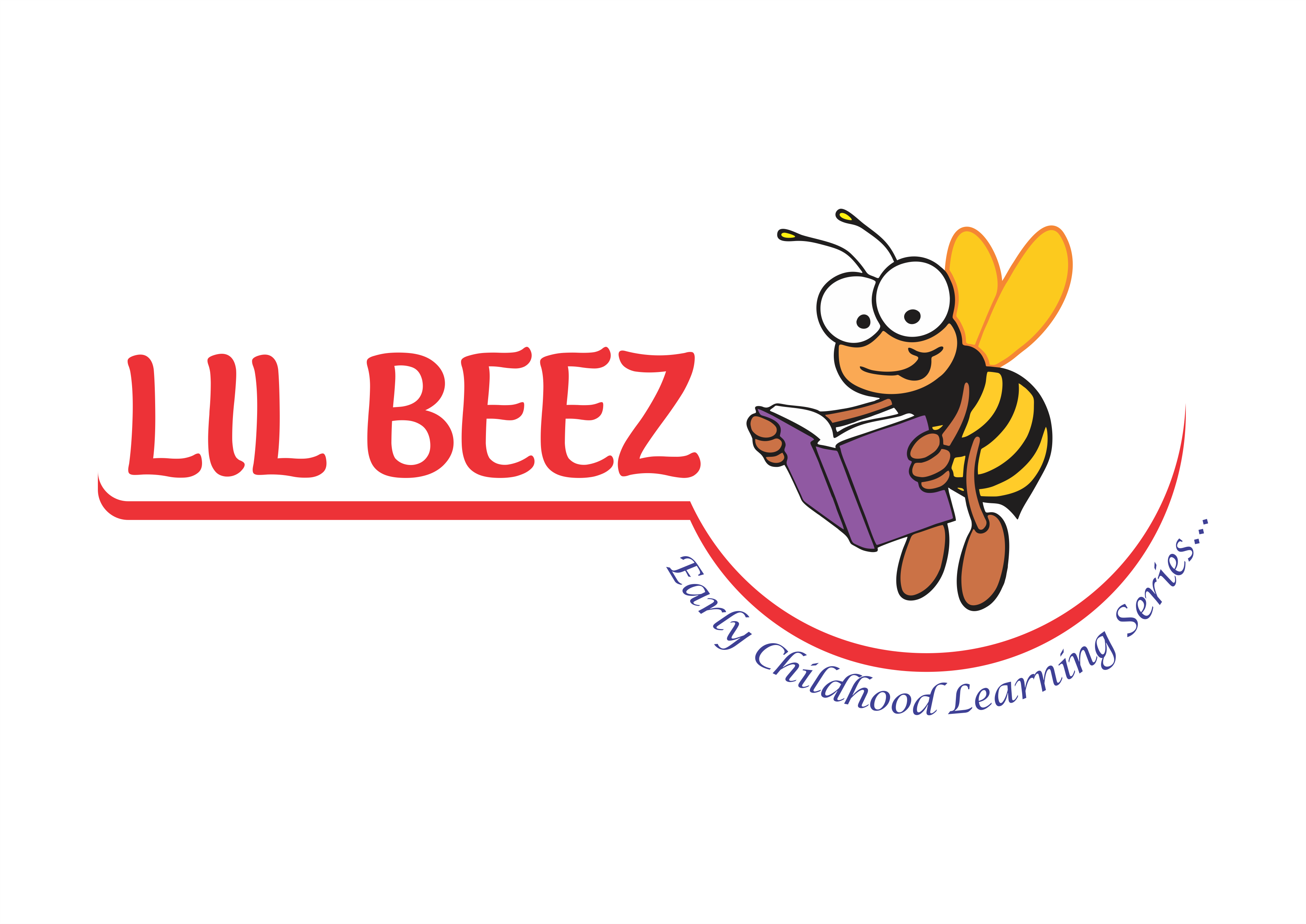Teaching is not just about imparting knowledge; it’s about activating those little brains and encouraging them to explore the world around them. Here are seven effective tips to make learning a dynamic and exciting experience for preschool children.
1. Give Children the Chance to Find Solutions
Encourage children to solve problems on their own. Instead of providing immediate answers, ask guiding questions that lead them to discover solutions. This approach not only builds their problem-solving skills but also boosts their confidence and independence. For example, if a child is struggling with a puzzle, ask questions like, “What piece do you think fits here?” or “Can you find a piece with a straight edge?”
2. Give Time to Be Innovative
Innovation doesn’t happen on a schedule, especially not for young children. Allow them unstructured time where they can explore and experiment with different ideas. Whether it’s through imaginative play, building blocks, or drawing, giving them the space to be creative fosters an innovative mindset. Praise their efforts and creativity rather than just the end results.
3. Give Visual Pointers
Children often understand concepts better when they can see them. Use visual aids like pictures, diagrams, and physical objects to explain new ideas. For instance, when teaching about plants, having actual plants, pictures of various plants, and even videos showing plant growth can make the lesson more comprehensible and engaging.

4. Encourage Group Thinking
Group activities promote collaboration and social skills. Encourage children to work together on projects, solve problems as a team, and share their ideas. Group thinking not only enhances learning but also teaches them the value of teamwork and listening to others. Activities like group storytelling or building a class garden can be very effective.
5. Use Metaphors to Explain Concepts
Metaphors can simplify complex ideas and make them relatable for young minds. For example, explaining the water cycle as a “magic journey” where water travels from the sea to the sky and back again can make the concept more understandable and memorable. Relating new information to familiar experiences helps children grasp abstract concepts more easily.
6. Encourage Movement and Role Play
Children learn best through active engagement. Incorporate movement and role play into your teaching methods. Role-playing activities, such as pretending to be characters from a story or acting out a day in the life of a farmer, can make learning interactive and fun. Movement-based activities, like dancing the alphabet or hopping through a number line, also help children retain information better.
7. Keep Boundaries and Expectations Consistent
Consistency is key in creating a secure learning environment. Clearly define rules and expectations, and maintain them consistently. This helps children understand boundaries and what is expected of them, providing a stable environment where they can focus on learning. Consistent routines and expectations also help in managing behaviour and reducing anxiety among preschoolers.
With Preschool Books, we believe that every child has the potential to shine. By incorporating these strategies into our teaching, we aim to create an environment that is not only educational but also inspiring and nurturing. Let’s work together to activate those young minds and set them on a path of lifelong learning and curiosity!
Happy teaching and learning!




